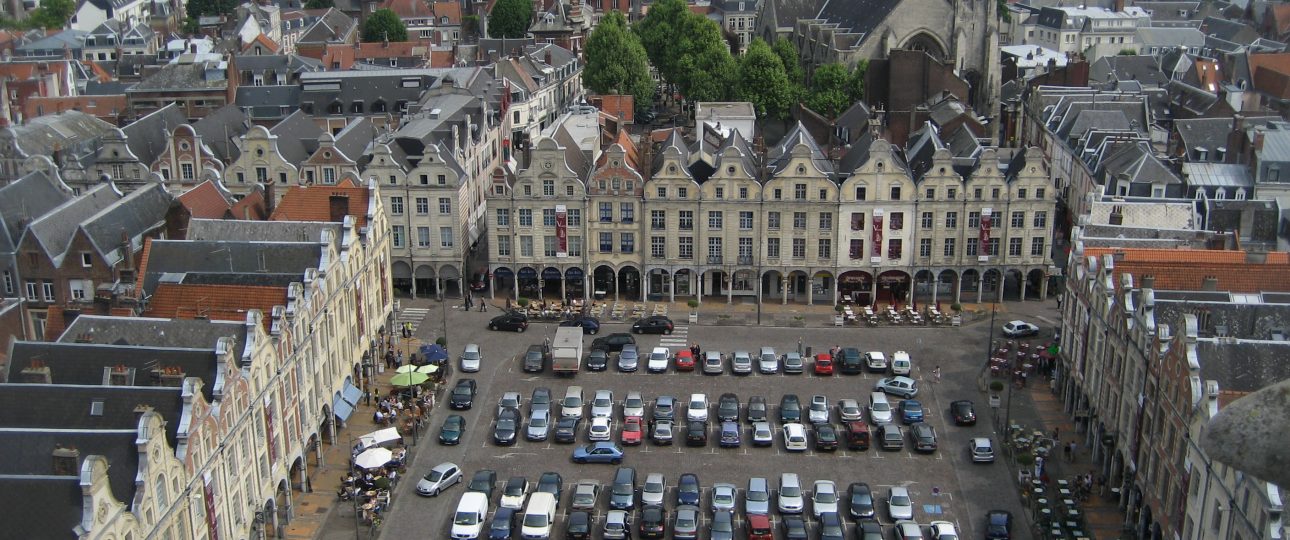Exploring Arras, France
History and Culture
Arras, a city with roots stretching back to ancient times, has been a pivotal player in European history. It was notably significant during World War I and World War II. The city’s architectural landscape is a testament to its rich past, featuring a blend of Gothic, Renaissance, and Baroque styles. The Place des Héros and Grand’ Place are two main squares that showcase 155 unique façades of Flemish Baroque architecture, a nod to the city’s time under Spanish rule until 1640.
One of the most intriguing aspects of Arras is its underground network known as the Boves. These tunnels, initially dug in the tenth century, were used as shelters during wartime and even housed a field hospital during World War I. Today, they offer a fascinating glimpse into the resilience of the Arrageois people.
Best Time to Visit
For the best experience, visit Arras between April and September. The weather is generally pleasant, making it ideal for outdoor activities like walking tours and exploring parks. During summer, the city comes alive with festivals and events, providing a vibrant cultural experience.
How to Get There
Arras is conveniently accessible by train and car. Regular TGV inOui trains from Paris’ Gare du Nord take less than an hour to reach Arras. Booking tickets in advance can save you money. The train station, Gare d’Arras, is just a 15-minute walk from the city center. If you prefer driving, Arras is well-connected by major highways.
Local Transportation
Arras is compact and pedestrian-friendly, making it easy to explore on foot. For those who prefer public transport, the city offers free “Ma Citadine” buses that run every 10 minutes, connecting key points of interest.
Recommended Attractions
Place des Héros and Grand’ Place
These squares are the heart of Arras, featuring stunning Flemish Baroque architecture. They were designed to host large markets, contributing to the city’s prosperity over the centuries. Enjoy a coffee at an outdoor café and soak in the vibrant atmosphere.
The Wellington Quarry
The Wellington Quarry is a poignant reminder of World War I. This network of tunnels played a crucial role during the Battle of Arras in 1917, housing 24,000 Allied troops. The site offers a moving and educational experience, with tours available daily.
Arras Cathedral
The Cathedral of Notre-Dame and Saint-Vaast is a Gothic masterpiece. Its intricate stained glass windows and grand organ are highlights. Check the schedule for organ concerts, which add an auditory dimension to your visit.
Hôtel de Ville and Belfry
The Town Hall and its belfry, a UNESCO World Heritage Site, offer panoramic views of Arras. The belfry, originally completed in 1554, was rebuilt after World War I. Climb its 326 steps for a breathtaking view of the city.
Musée des Beaux-Arts d’Arras
Located in the ancient Abbey of Saint-Vaast, this museum houses an impressive collection of art, including the original statue of the golden lion from the belfry. It’s a must-visit for art enthusiasts.
Summary of Facts
- Arras is a city in France with a rich historical background.
- The Place des Héros and Grand’ Place feature unique Flemish Baroque architecture.
- The Boves are underground tunnels with historical significance.
- Visit between April and September for the best weather and cultural events.
- Arras is accessible by train from Paris and Lille, and by car via major highways.
- The city center is pedestrian-friendly, with free “Ma Citadine” buses available.
- Key attractions include the Wellington Quarry, Arras Cathedral, and the Musée des Beaux-Arts d’Arras.




